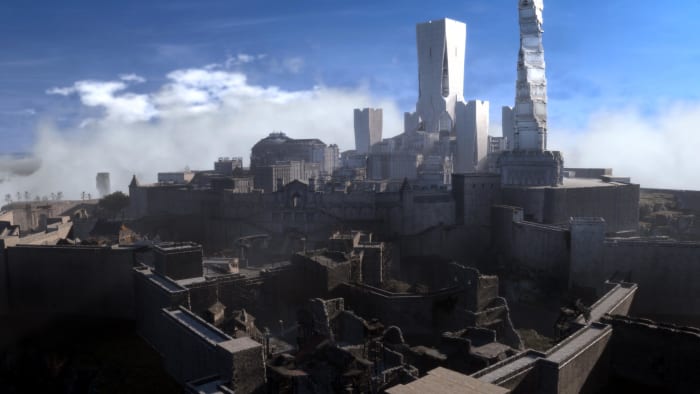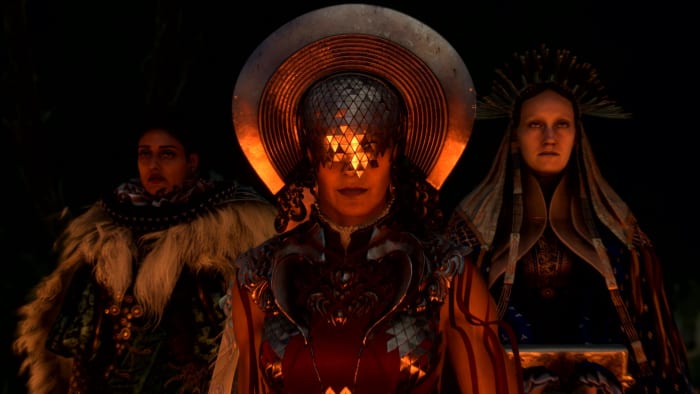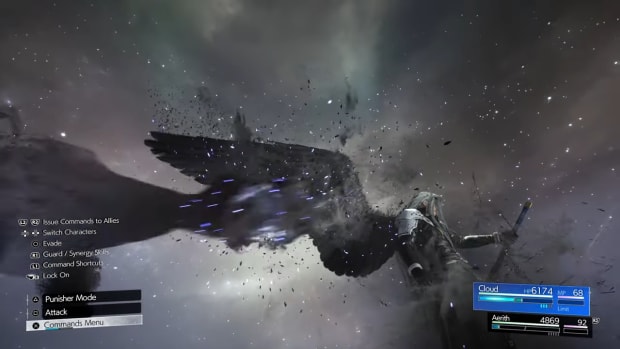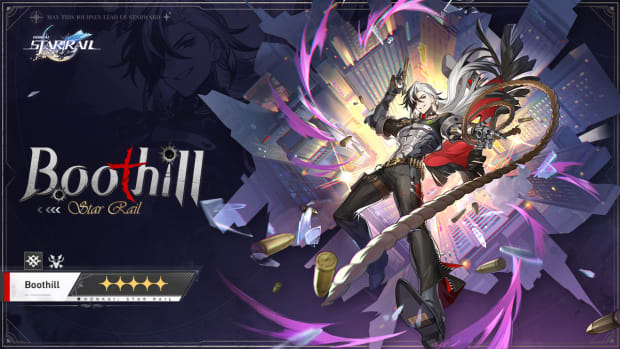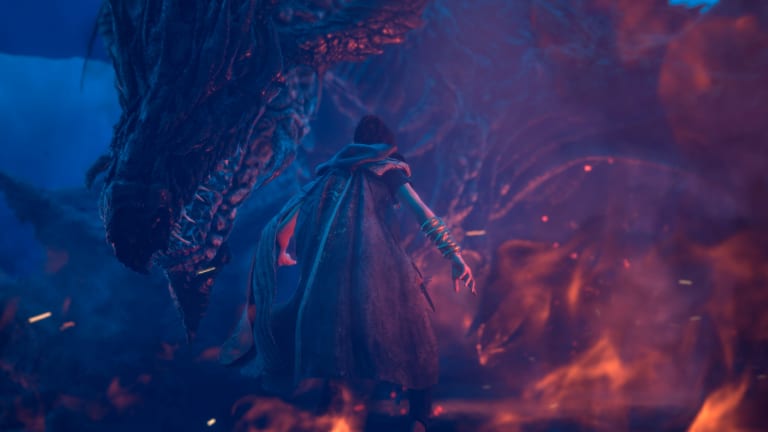
Forspoken has outstanding gameplay potential in a dull world
Forspoken’s early chapters left me wanting more. I mean this both in the sense that I wanted to spend more time with the game, and that it didn’t quite give me the experience I was hoping for.
The draw of this game is that the combat is entirely based on magic and its different elements, alongside a fast-paced traversal system that makes exploring the open world a breeze.
By far the most interesting thing to me about this game is the variety of elements you can play with, and the way all of these different styles flow to create unique combat scenarios. Unfortunately, I didn’t get to see much of that, because the demo I got to play only let me use one of the game’s many elements.
That said, while I can’t speak to how the different elements interact with each other, I can see the potential behind the system. Even the Earth element I got to play with had three different types of primary attack: A chargeable burst-fire, a rapid-fire, and a strange shield power that, when you fired it, would hit like a shotgun. On top of that, I was quickly able to unlock a whole bunch of secondary abilities like a vine whip that struck everything nearby, a defensive turret, or summoning vines to bind enemies.
The fluidity with which you can switch between these abilities made combat encounters feel dynamic and fun. There wasn’t much enemy variety, but there’s enough going on with your offensive magic that it doesn’t really matter. Facing off against several targets gave fighting a frantic energy that I loved. Whether I’d be saying the same thing after spending 20+ hours in the open world, I don’t know, but I enjoyed it for the short time I played it.
Bosses were excellent too. It’s not reinventing the wheel, but every boss has natural-feeling patterns that you slowly learn how to identify, avoid, and counter. Fights are paced to near perfection. You’ll learn to adapt and see windows to deal damage, then just as you’ve mastered their patterns, the fight will be over. Their attacks had enough variety to make up for the lack of frantic energy that a multi-enemy encounter has.
While I hope late-game elemental interactions are diverse and allow for a bunch of strategic and tactical options, I can easily see a scenario like Infamous: Second Son, where every element effectively does the same thing with a slightly different color scheme.
One thing I did get a very good sense for though, was the traversal system, or as the game calls it: magic parkour, which is just as fun as it sounds. When you’ve got a wide open space to run around in, building speed and momentum is a fun challenge that puts me in mind of the classic 2D Sonic games.
You have your standard “go fast” button, but by nailing button presses and getting into a rhythm you can build incredible speed and make some unbelievable jumps that you only just land. One mechanic lets you tap the jump button every time you touch the ground for an extra burst of speed, and I found myself using it as often as I could.
That said, it still limits you in important ways. You can run up walls, but you’ll run out of momentum after a little while, so you still have to find clever ways up the tallest cliffs. There’s also a stamina system that stops you from running circles around enemies, but it’s quite generous when traversing the world. It prevents you from having too much power and missing all the points of interest the open world has to offer.
Not that it’s doing anything new as an open world game. There’s plenty to keep you busy, and things like the underground dungeons are fun, letting you face off against challenging combinations of enemies. However, the world didn’t grip me much at all, with landscapes being barren and boring to look at. Creating a dying and dreary world can work – just look at Elden Ring – but there’s no intrigue or bittersweet beauty in this world. It’s just dead.
The same can be said for the story. You play as Frey, a modern woman with a troubled upbringing who’s struggling to make her way in New York City. Then she falls through a portal into a magical world that is on the brink of death, inadvertently becoming its savior. Classic YA novel stuff.
Dialogue isn’t as cringy as the infamous trailer made it look, but the reality is arguably worse – it’s boring. You’ll be sitting there having long conversations that don’t go anywhere because the main point of the discussion was covered in the first five seconds. No flavor is added, and the few attempts at it don’t go well. It certainly doesn’t help that Frey goes from completely terrified and out of her depth to an overly competent, wise-cracking hero almost immediately.
The moment that stood out to me was right at the beginning when you first talk to the sentient vambrace that gives you your powers. You’re given camera control, implying this is a gameplay section, but you can’t actually do anything except stand there and listen for ages. In God of War, a long talking section like that would’ve happened while you were on the move or solving a puzzle, but here you’re glued to the spot, staring at your wrist while it talks at you.
This even extends to the main town, Athia – a central hub that’s full of life. Imagine every medieval fantasy world you’ve ever seen in a YA novel or Lord of the Rings rip-off. That’s the world of Forspoken – bog standard and uninteresting.
It’s tough to say how Forspoken will shake out over the entire length of this open world title. I had so much fun with the mechanics, but the world didn’t keep me immersed or interested for even four hours. Maybe that’ll change as the story unfolds, but I do wonder how many people will stick around to find out.



